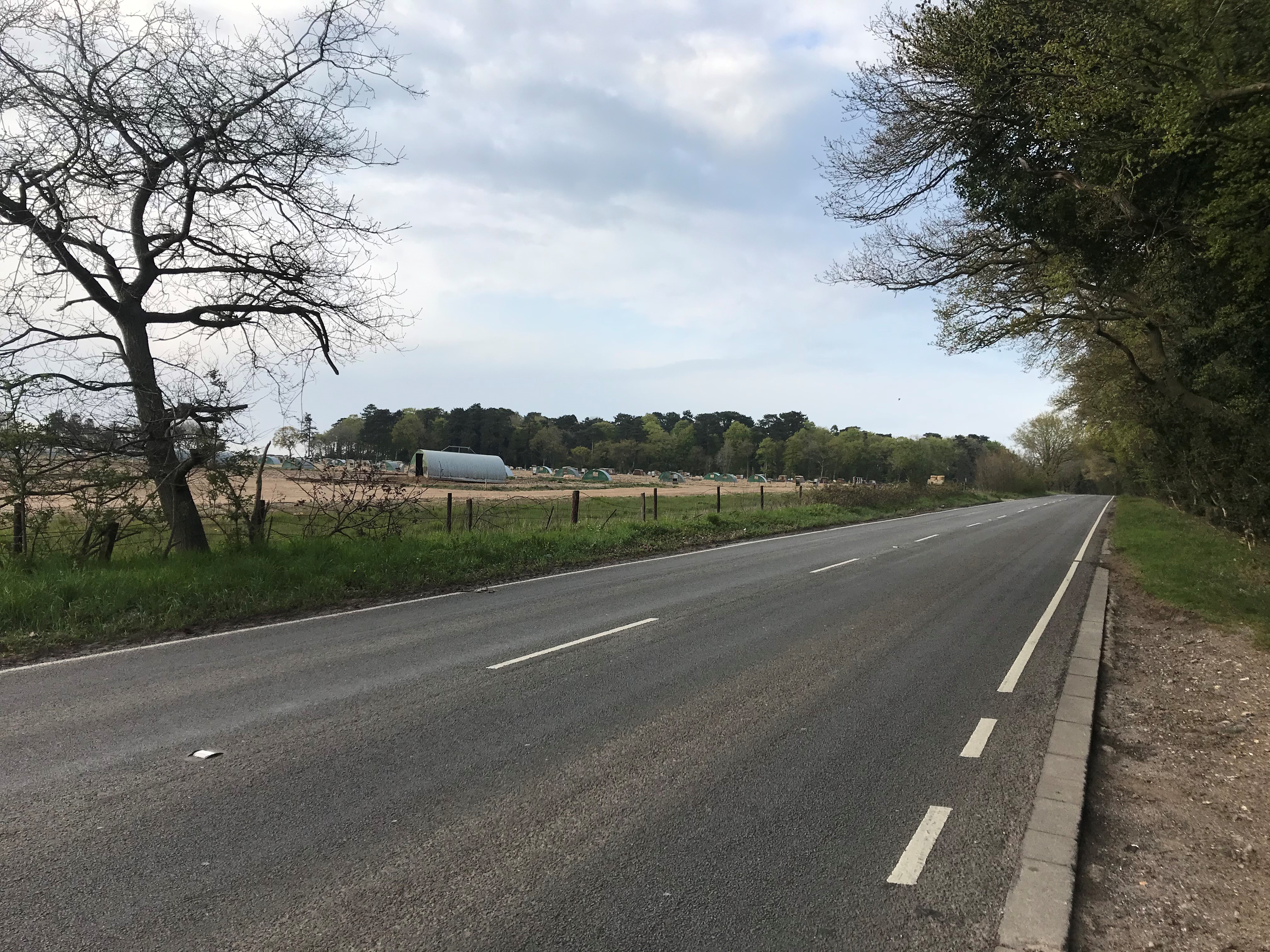The risks young drivers face on rural roads is easy to under-estimate. Yet the simple fact is many young drivers and their parents are unaware of the significant and specific risks these roads pose.
Research from the AA Charitable Trust, which analysed more than 70,000 young, rural driver crashes over a six-year period, shows almost 70% of fatal car crashes for young drivers take place on rural roads.
The research also found:
- July, August, October and November are the most concerning months for crashes involving young drivers on rural roads
- Proportion of crashes involving young drivers which are on Sundays is 9% higher on rural roads than on urban roads
- Single vehicle collisions account for 27% of all young driver crashes on rural roads compared to 15% for drivers of all ages.
- Substance impairment factor in 9% of young rural driver crashes on Sundays compared to 4% on all other days
Where are the most dangerous roads for young, rural drivers?
The AA Charitable Trust created an interactive map which shows exactly which rural roads pose the greatest danger to young drivers.
Top 10 most dangerous rural roads for young drivers:
| Position | By Collision Density | By Percentage of all Crashes (relative risk) |
| 1 | A229 in Kent | A6076 in County Durham |
| 2 | A2 in Kent | A704 in West Lothian |
| 3 | A3 in Surrey | A419 in Gloucestershire |
| 4 | A1 in Hertfordshire | A388 in Cornwall |
| 5 | A243 in Surrey | A41 in Hertfordshire A846 in Argyll & Bute |
| 6 | A414 in Hertfordshire | Ranked equal to above |
| 7 | A1 in Wakefield | A5093 in Cumbria A885 in Argyll & Bute A4068 in Powys A436 in Gloucestershire |
| 8 | A322 in Surrey | Ranked equal to above |
| 9 | A249 in Kent | Ranked equal to above |
| 10 | A595 in Cumbria | Ranked equal to above |
Why are rural roads particularly dangerous?
There are many reasons why rural roads pose specific risks. One of the main reasons is by their very nature, rural roads are often isolated. This means it can take longer for the emergency services to reach you if you need help.
Rural roads often have the national speed limit. For inexperienced drivers, this can mean they do not properly judge an appropriate speed for the conditions and travel too fast.
You are also unlikely to come across certain hazards on urban roads such as tractors and horses, but these are common on rural roads.
When you add these factors to sudden bends, unlit roads and wildlife, it is easier to see how the risks mount up.
What can we do to reduce the risk to young drivers on rural roads?
Education is vital to help lower the risk young drivers face on rural roads. We believe learner drivers should cover lessons on all road types so all new drivers have some experience of rural roads before they take their driving test.
Young people in rural areas should also be made aware of the specific risks they face as young drivers compared to their urban counterparts.
Download the report HERE
Visit AA Driving School for more advice about driving on rural roads

